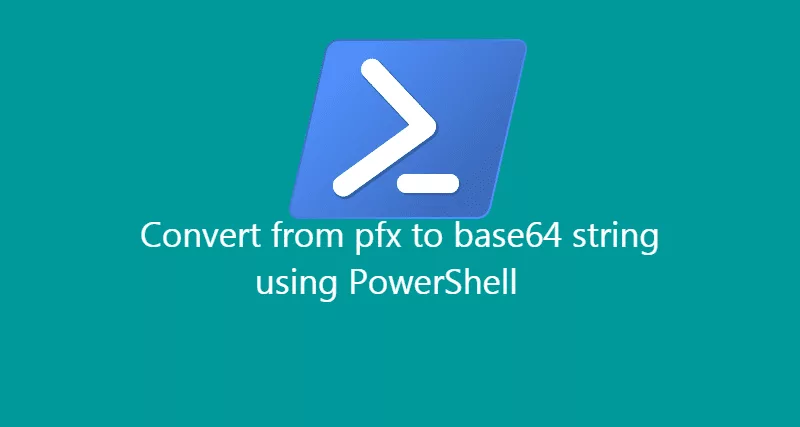Managing configurations is a critical part of ensuring that applications run correctly across different environments. In .NET applications, configurations such as appSettings are often stored in a Web.config file. At some point, you might find it essential to export these settings to a CSV file. This will enable you to analyze, share, or create backups of the configurations. In this tutorial, we’ll show how to extract appSettings from a Web.config file and save them in a CSV file using PowerShell.
Step 1: Load the Web.config File
Firstly, you will need to load the Web.config file into PowerShell. You can accomplish this using the XmlDocument class.
[xml]$webConfig = Get-Content 'C:\path\to\web.config'Step 2: Navigate to the appSettings Section
Once the Web.config file is loaded, navigate to the appSettings section to access the key-value pairs. Utilize the SelectNodes method to get all the add elements under the appSettings section.
$appSettings = $webConfig.Configuration.appSettings.addStep 3: Create an Array to Store Key-Value Pairs
Before iterating through the appSettings, create an array to store the key-value pairs.
$keyValuePairs = @()Step 4: Extract Key-Value Pairs
Iterate over each added element, create a customized PowerShell object for each key-value pair, and add each object to the array.
foreach ($setting in $appSettings) {
$obj = New-Object PSObject
$obj | Add-Member -MemberType NoteProperty -Name "Key" -Value $setting.Key
$obj | Add-Member -MemberType NoteProperty -Name "Value" -Value $setting.Value
$keyValuePairs += $obj
}Step 5: Export Key-Value Pairs to a CSV File
Finally, use the Export-Csv cmdlet to write the key-value pairs to a CSV file.
$keyValuePairs | Export-Csv -Path 'C:\path\to\output.csv' -NoTypeInformationUsing PowerShell, you can extract appSettings from a Web.config file and export them to a CSV file with just a few lines of code. This approach provides a straightforward way to manage and analyze your application configurations. The script can be further customized or wrapped into a reusable function, making it a versatile tool for configuration management in .NET applications.

